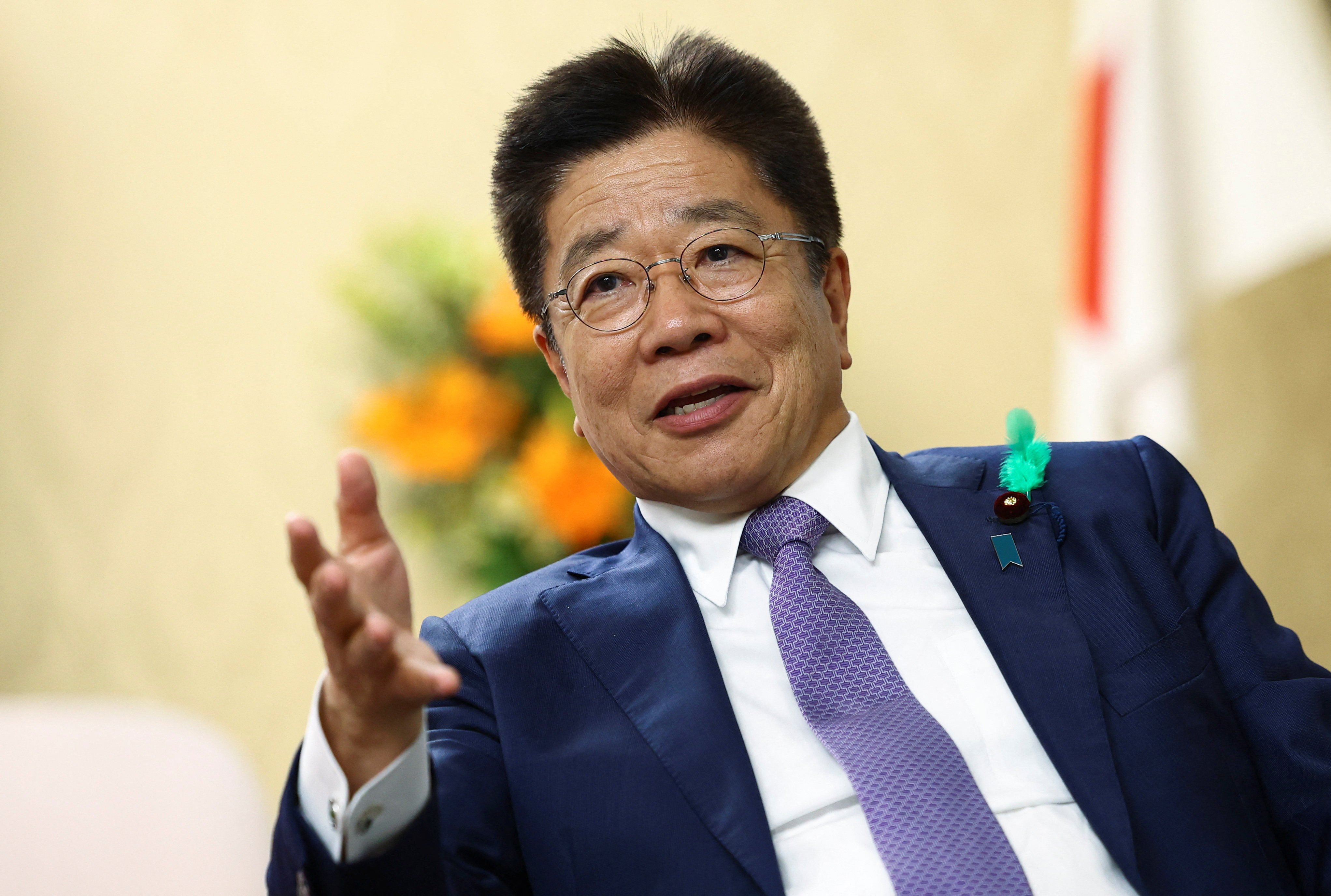Japan says its US$1 trillion in US Treasuries could be leverage in trade talks
A huge US Treasury sell-off in April was reportedly one factor that led Trump to announce a 90-day pause on his ‘reciprocal’ tariff plan

Japan’s huge US$1 trillion-plus in US Treasury holdings are among the tools available for Tokyo to use in trade negotiations with the United States, Japanese Finance Minister Katsunobu Kato said on Friday.
The remark came as Japan’s top trade negotiator Ryosei Akazawa met with US Treasury Secretary Scott Bessent in Washington for a second round of bilateral tariff talks.
Kato said the primary purpose of Japan’s US Treasury holdings – the largest in the world – is to ensure it has sufficient liquidity to conduct yen intervention when necessary.
“But we obviously need to put all cards on the table in negotiations. It could be among such cards,” Kato said in a television programme when asked whether Japan, in trade talks with the US, could reassure Washington it will not sell its Treasury holdings in the market.
“Whether we actually use that card, however, is a different question,” Kato added.
The comments contrast with those Kato made last month, when he ruled out using Japan’s US Treasury holdings as trade leverage.
Kato did not comment when asked whether Japan’s US Treasury holdings came up in his bilateral meeting with Bessent last week in Washington.
But he said the huge market sell-off in Treasuries in April likely affected Washington’s approach in talks with Japan.
“It won’t be good for the economy and financial system for markets to be too unstable,” he said on how US Treasury yield moves could affect Japan and its economy.
Kato also said his meeting with Bessent last week did not discuss any desirable level of exchange-rates or a possible framework to control currency moves.
“Japan doesn’t manipulate currencies,” Kato said. “We’ll need to explain this point thoroughly to the US,” he said on US President Donald Trump’s accusations that Japan was intentionally weakening the yen to give exports a trade advantage.
Tokyo explains its currency intervention as aimed at arresting excessive volatility in the exchange-rate market that is out of sync with economic fundamentals. Last year, it intervened to boost the yen as the currency’s declines raised import costs and hurt consumption.
The 10 trading days since Trump hit carmakers with tariffs on April 2 were the most convulsive since the pandemic panic of 2020, as prices of stocks, bonds and the dollar swung wildly.
The US Treasury sell-off was among the factors that led Trump to announce a 90-day pause on his “reciprocal” tariff plan, with Bessent likely playing a key role, according to sources close to the White House.
The raging trade war with China and the possibility of a US recession have spurred talks of overseas investors reducing their dollar and US debt positions – considered traditional hedges against market turmoil.
Foreign holdings of US Treasuries rose 3.4 per cent in February, data from the Treasury Department showed last month, with the two largest owners, Japan and China, building up their US debt holdings.
Trump has hit Japan with 24 per cent tariffs on its exports to the US, although, like most of his levies, they have been paused until early July to allow room for negotiations. A 10 per cent universal rate remains in place, as does a 25 per cent duty on cars, a mainstay of Japan’s export-heavy economy.